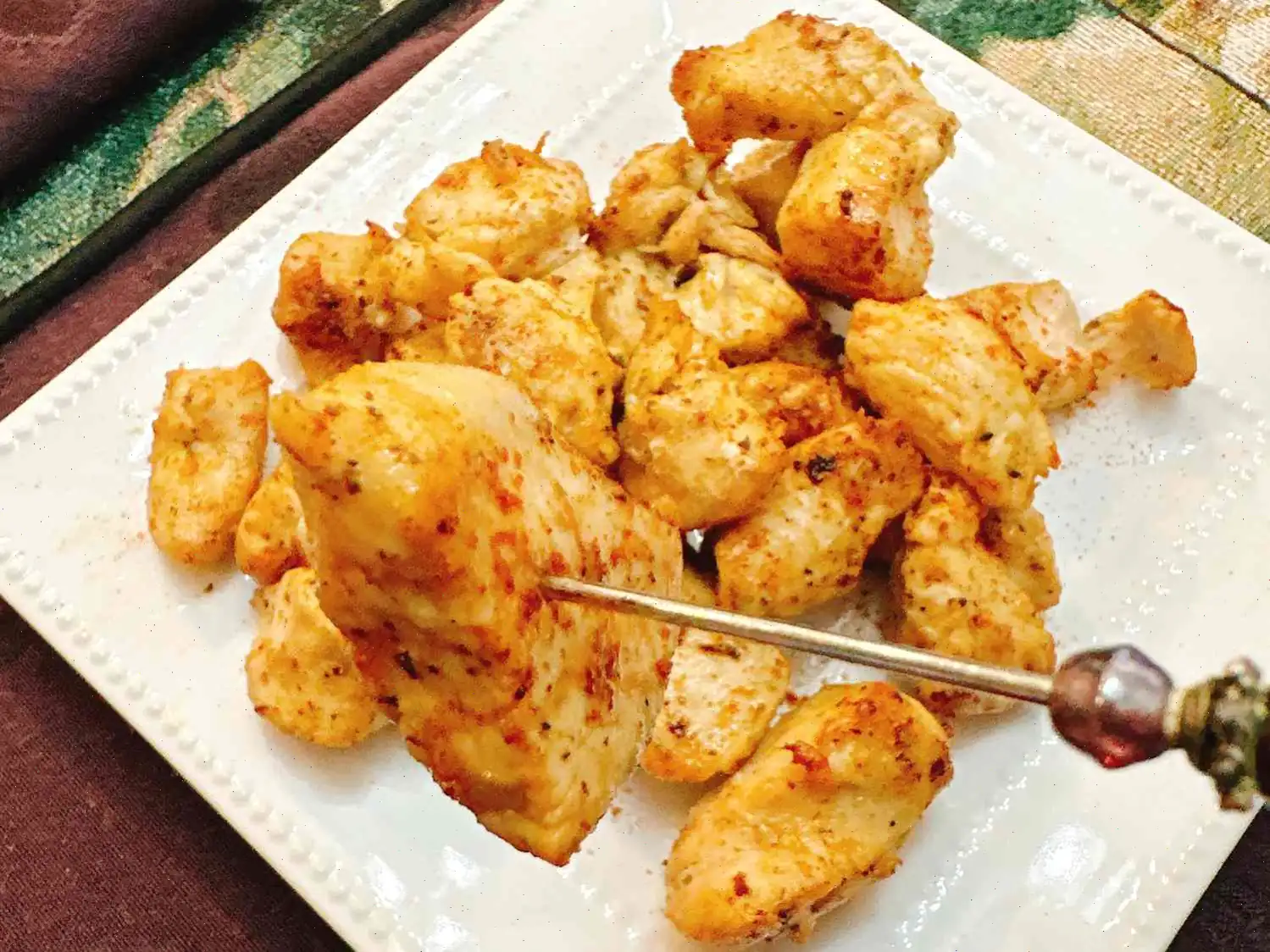
Cucumber and Avocado Sushi Recipe
Ingredients
- 1 cups water
- 1 cup uncooked glutinous white rice (sushi rice)
- 3 tablespoons rice vinegar
- 1 pinch salt
- 4 sheets nori (dry seaweed)
- medium cucumber, sliced into thin strips
- 1 medium avocado - peeled, pitted, and sliced
Directions
Step 1: Combine water and rice in a saucepan. Bring to a boil. Once boiling, cover the pan, reduce the heat to low, and simmer for approximately 20 minutes or until the rice is tender and all the water has been absorbed.
Step 2: Remove the saucepan from the heat. Stir in the rice vinegar and salt. Set the rice aside to cool for at least 5 minutes.
Step 3: To assemble the sushi, cover a bamboo sushi mat with plastic wrap to prevent the rice from sticking. Place one sheet of nori on top of the mat.
Step 4: Spread the cooled rice evenly over the nori, leaving about a inch uncovered at the bottom of the sheet.
Step 5: Arrange cucumber and avocado slices in the center of the rice.
Step 6: Lift the bamboo mat and roll the sushi tightly over the cucumber and avocado. Press down gently to ensure it sticks together. Unroll the mat, then roll again toward the uncovered end of the nori to form a long roll. Seal the roll with a little water if needed.
Step 7: Repeat the process with the remaining ingredients to make additional rolls.
Step 8: Use a sharp, wet knife to slice each roll into 6 equal pieces.
Recipe Tip
You can add imitation crab for a vegetarian version or smoked salmon if you prefer a seafood twist.
Nutrition Facts (per serving)
- Calories: 171
- Total Fat: 5g (7% DV)
- Saturated Fat: 1g (4% DV)
- Sodium: 6mg (0% DV)
- Total Carbohydrate: 29g (10% DV)
- Dietary Fiber: 3g (11% DV)
- Total Sugars: 1g
- Protein: 3g (6% DV)
- Vitamin C: 5mg (5% DV)
- Calcium: 11mg (1% DV)
- Iron: 1mg (4% DV)
- Potassium: 217mg (5% DV)
* Percent Daily Values are based on a 2,000 calorie diet. Your daily values may be higher or lower depending on your calorie needs.
** Nutrient information is not available for all ingredients. Amount is based on available nutrient data.

History and Origins
Sushi, a beloved Japanese dish, dates back to the 8th century when it began as a method of preserving fish in fermented rice. The modern version of sushi, with its vinegared rice and fresh ingredients, emerged in Edo (modern-day Tokyo) during the 19th century. The cucumber and avocado sushi, however, is a relatively recent innovation in the sushi world. It is believed to have originated in the United States, particularly in California, during the late 20th century. This variation was inspired by the growing trend of vegetarian and non-traditional sushi options. The inclusion of avocado, a fruit native to the Americas, reflects the fusion of global ingredients with traditional Japanese cuisine.
Regional Variations
While sushi is enjoyed across Japan and around the world, the cucumber and avocado sushi is most commonly associated with Western adaptations of sushi. In particular, the United States, and especially California, is known for creating sushi rolls with inventive fillings like avocado and cucumber. These ingredients, which are fresh and easily available in most regions, offer a vegetarian alternative to traditional fish-based sushi. California rolls, which often feature cucumber, avocado, and crab or imitation crab, are a staple in sushi restaurants in North America and have gained international popularity.
What Sets It Apart
Unlike traditional sushi, which often includes raw fish, the cucumber and avocado sushi is a vegetarian option that caters to a broader audience, including those who do not eat seafood. The combination of creamy avocado and crisp cucumber provides a refreshing contrast in texture. The absence of fish also makes it a suitable option for vegetarians, vegans, and those with dietary restrictions such as pregnancy, where raw fish is often avoided. This sushi is a light and healthy alternative to more indulgent rolls filled with tempura or heavy sauces.
Where It's Usually Served
Cucumber and avocado sushi is commonly served at sushi bars and Japanese restaurants worldwide, particularly in regions where there is a high demand for vegetarian or plant-based options. It is often found on the menu as part of a "vegetarian roll" or "California roll" offering. This sushi is also a popular choice for casual gatherings, sushi parties, and family meals. In some cases, it may be made at home as an easy, healthy meal or snack. The light and fresh flavors of this sushi pair well with traditional condiments such as soy sauce, wasabi, and pickled ginger, adding an extra layer of flavor to the dish.
Fun Facts About Cucumber and Avocado Sushi
- The avocado used in sushi is not only delicious but also nutritious. It is rich in healthy fats, vitamins, and minerals, making it a great addition to any meal.
- Despite being a relatively modern invention, cucumber and avocado sushi has become a staple at sushi restaurants around the world, particularly in places like the United States, Canada, and Australia.
- The creamy texture of avocado combined with the crispness of cucumber makes this sushi roll one of the most popular vegetarian options, especially among people new to sushi.
- The California roll, which typically features cucumber, avocado, and crab, is often credited with helping to popularize sushi outside of Japan, particularly in Western countries.
FAQ about Cucumber and Avocado Sushi Recipe
Comments
Jack Green
03/22/2025 09:40:50 PM
One of the best experiences I've ever had.
Heather Anderson
01/08/2023 11:31:31 AM
I prepared this sushi and it was fantastic! Despite not having sushi rice or rice vinegar, I substituted with regular white rice and white vinegar, and the sushi rolls came out wonderfully; I really enjoyed them. I definitely plan to make them again! Being a vegetarian, I added imitation crab to half of the sushi batch for my non-vegetarian parents. I realized I didn't cook enough rice for filling 4 nori sheets, resulting in the last one not being as full as the others. Next time, I'll make extra rice! Overall, I absolutely adore this recipe!








